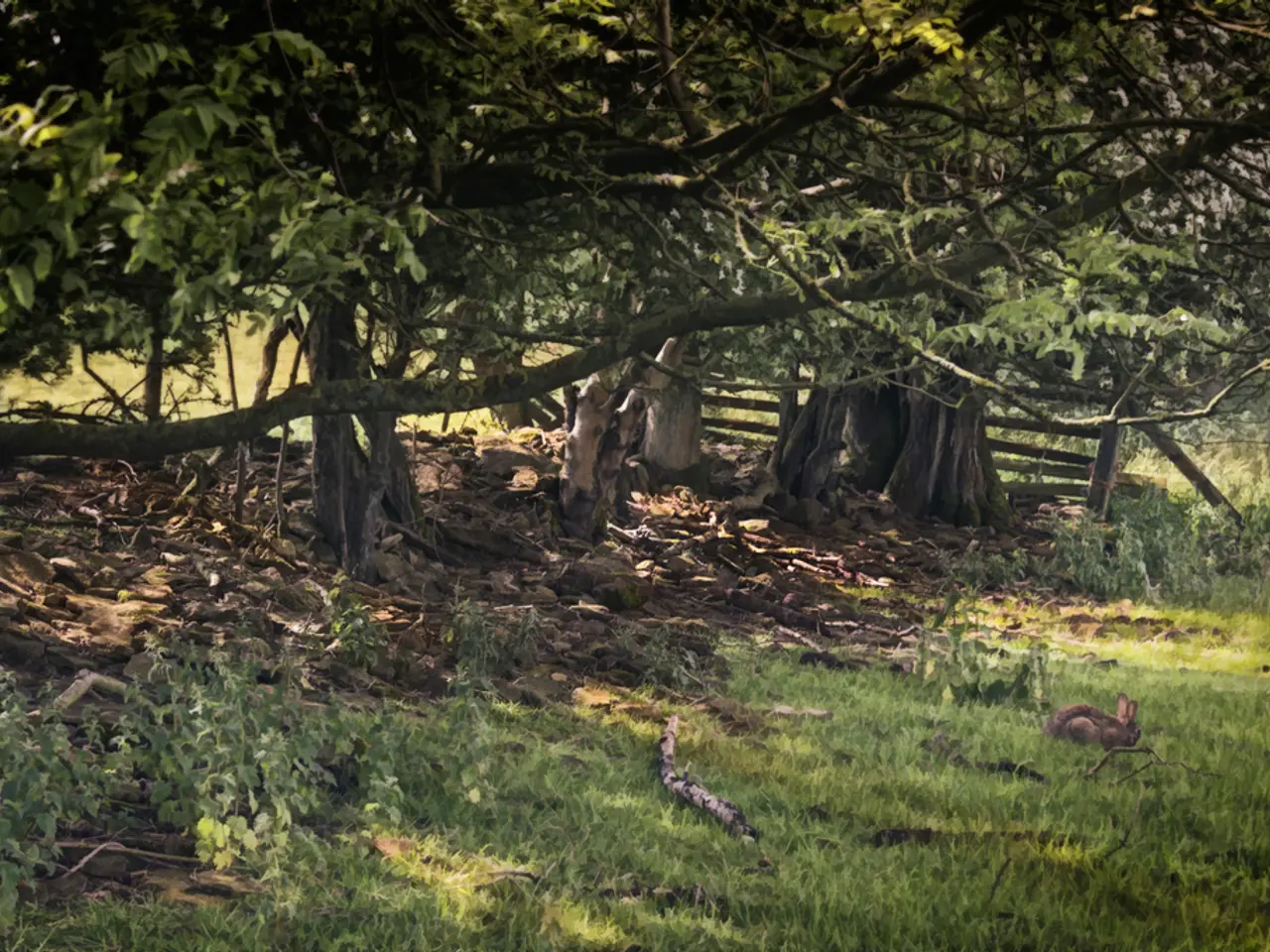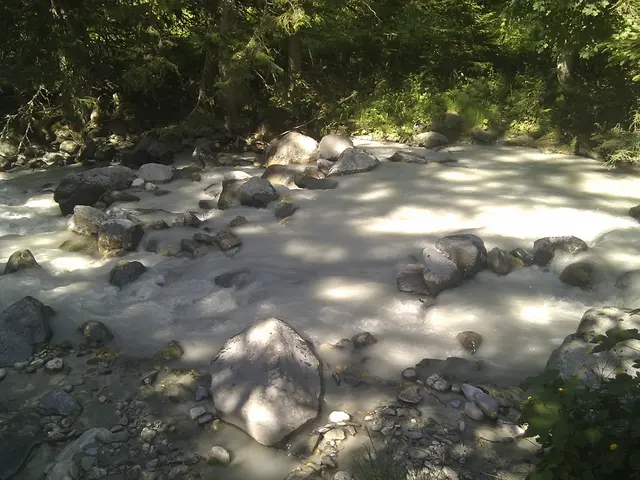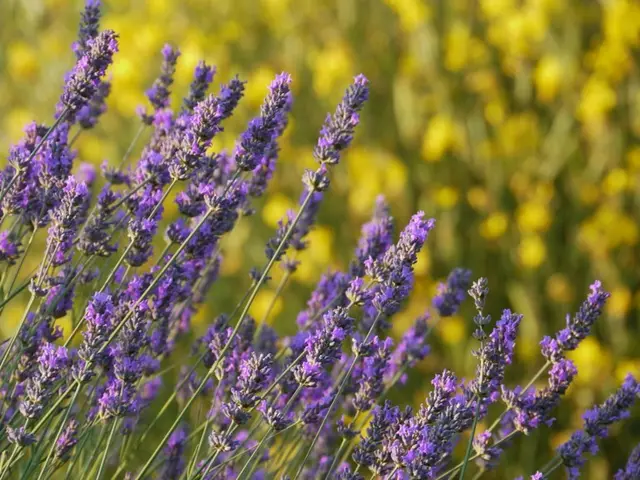Exploring the Eco-Friendliness of Landscape Fabric? Consider These Green Substitutes Instead
In the world of gardening, the choice of mulch can significantly impact the health and productivity of your plants. Susan Albert, a communications expert and former master gardener, shares her insights on the best mulching practices, particularly in the context of sustainable gardening in Germany.
Utility mulch, while suitable for paths or driveways, is not recommended for flower or vegetable gardens due to potential weed seeds or pesticides. Instead, opt for organic mulches like bark mulch, leaf mulch, straw, grass clippings, and compost. These organic mulches are particularly suitable and readily available in Germany, helping to retain moisture, suppress weeds, improve soil structure, and support biodiversity.
Tree bark mulch, finer in texture than wood chips, decomposes more rapidly, making it a good choice for gardens where regular replenishment is desired. On the other hand, wood chip mulch, such as cedar or pine, is slow to decompose and enriches the soil over time. However, it's essential to look for medium-sized mulch to prevent packing down and ensure proper water penetration.
Pine bark mulch, a long-lasting byproduct of the forest industry, is another popular choice. Pine needle mulch, while inexpensive, decomposes quickly and requires frequent replacement.
Landscape fabric, a permeable fabric made out of plastic or polyester used as a weed barrier over soil, is often used in gardening. However, it has its drawbacks. Over time, the soil below the fabric deteriorates due to clogged pores in the fabric, preventing air exchange with the soil. This lack of air exchange and clogged pores prevent beneficial soil organisms from doing their jobs, such as earthworms, which suffer because they can't move about freely and help break down the mulch.
Weeds also sprout where the holes for plants are cut and can creep in at the edge of the fabric. Immediate digging of weeds is recommended when they break through the mulch. The best alternative to landscape fabric is a thick layer of organic mulch.
When mulch decomposes to 2 inches (5 cm), it should be replaced. Fallen leaves and grass clippings can nourish the soil as they break down but need to be replaced often. To further aid in weed suppression and water penetration, newspaper or cardboard can be used under the mulch.
It's worth noting that dyed mulch may contain undesirable chemicals, so it's best to avoid it. Maintaining 3 to 4 inches (7.6 to 10 cm) of mulch in gardens can deter weeds.
In conclusion, choosing the right mulch and avoiding the use of landscape fabric can lead to a healthier, more sustainable garden. By opting for organic mulches and adopting these practices, gardeners in Germany can contribute to a greener and more biodiverse environment.




